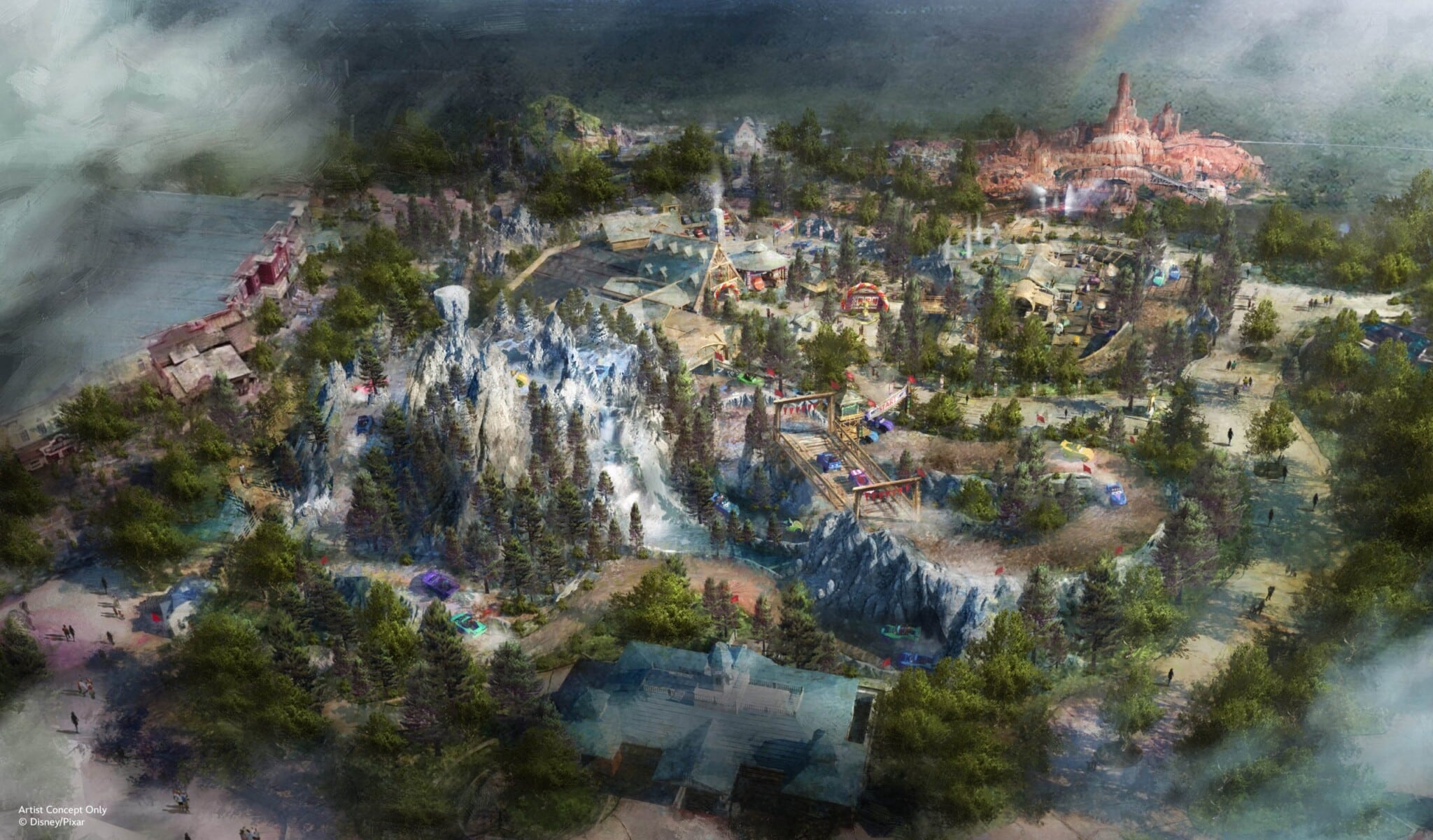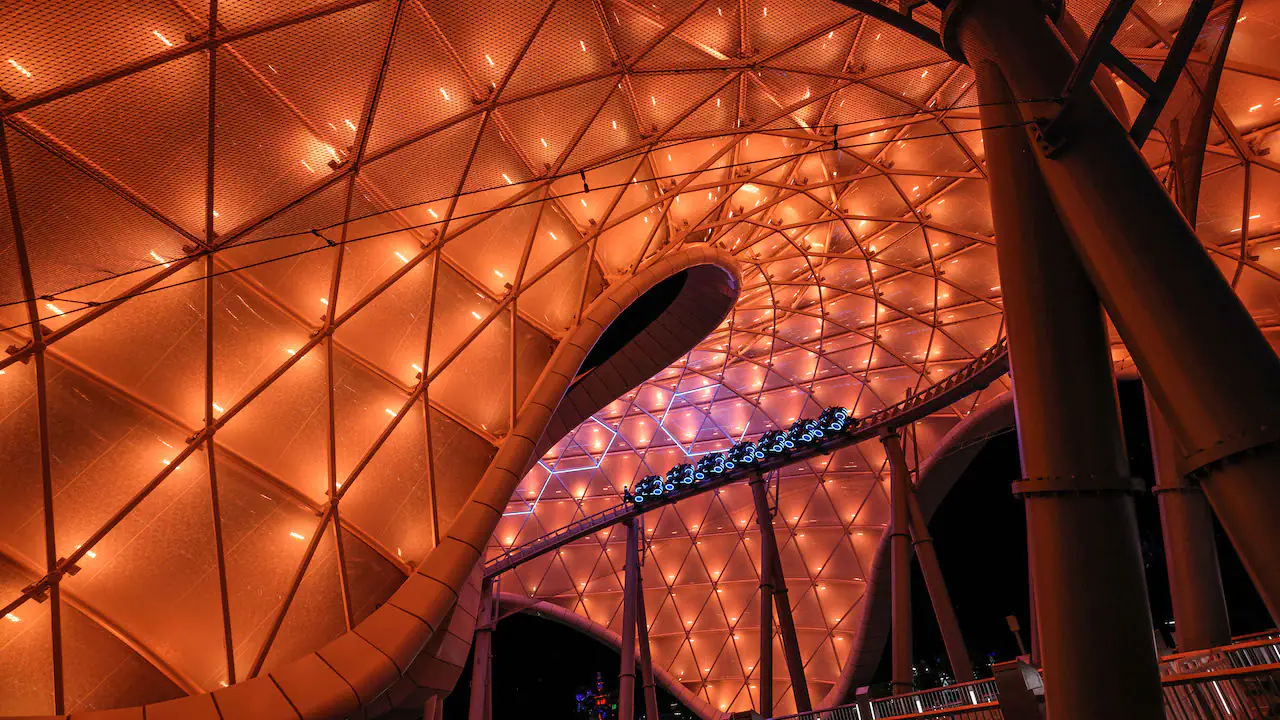
TRON Lightcycle Run is now in previews at Magic Kingdom, and there have been reports of larger guests not fitting into the ride vehicles due to weight, height, and more. This post will discuss what’s happening, how certain body sizes have had problems, and takeaways from past precedent.
Unfortunately, all of this was inevitable. TRON Lightcycle Run is unique in a number of ways, and unlike any other Walt Disney World attraction in terms of rules, restrictions, and accessibility. This was destined to be a hot topic of debate and complaints by fans, as the policies and protocol are more stringent than any other ride.
During our coverage of Shanghai Disneyland’s opening, we repeatedly “shot down” the idea that TRON Lightcycle Power Run would ever be cloned to Walt Disney World or Disneyland. It was a common question and topic of speculation, and we thought there was no way it would ever happen. The only attraction less likely to be brought over are the Camp Discovery Challenge Trails (maybe “predicting” there’s zero chance of that happening will make it so!).
With regard to our experience riding TRON Lightcycle Power Run, here’s what I wrote back at the time in our Shanghai Disneyland Opening Day Trip Report:
I see a lot of rumors of this attraction coming to the U.S. parks, and I assume this is all just wishful thinking on the part of fans. The way the primary ride vehicles contort guests into a forward-leaning position seems like it would be uncomfortable (or impossible) for guests that don’t fit within a specific height/weight body parameter.
I think U.S. guests are far more diverse in both regards than their Chinese counterparts. Additionally, even those who do fit that parameter might have trouble getting up if they have knee problems, arthritis, etc. (By day 2 in the park, my knees were sore from so much walking, and it took me a bit to hoist myself out of the seat.)
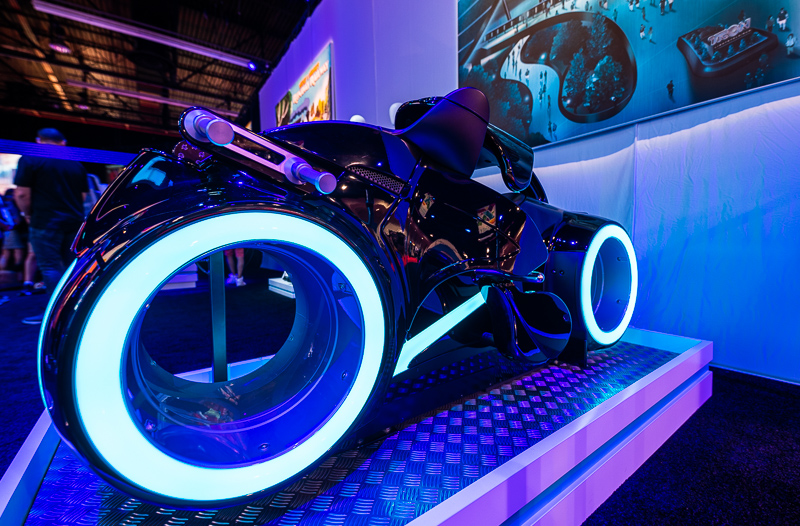
There’s more to it than that, though. Not only is the way you enter the ride vehicle for TRON Lightcycle Run awkward, but it’s also done quickly. This is a short-duration roller coaster, and it dispatches frequently. This means that the turnaround is fast, and there isn’t a ton of time to tinker around at load.
Even as someone with what’s probably closer to an Asian body type than an American one, I remember feeling rushed. Getting situated wasn’t easy, and the clock was also ticking on getting your wallet and phone into the little compartment. We don’t have a single good selfie from the load platform of TRON Lightcycle Run as a result of this, despite riding repeatedly and attempting several times. At Shanghai Disneyland, it became common for Cast Members to identify Westerners and direct them to the “American” cars.
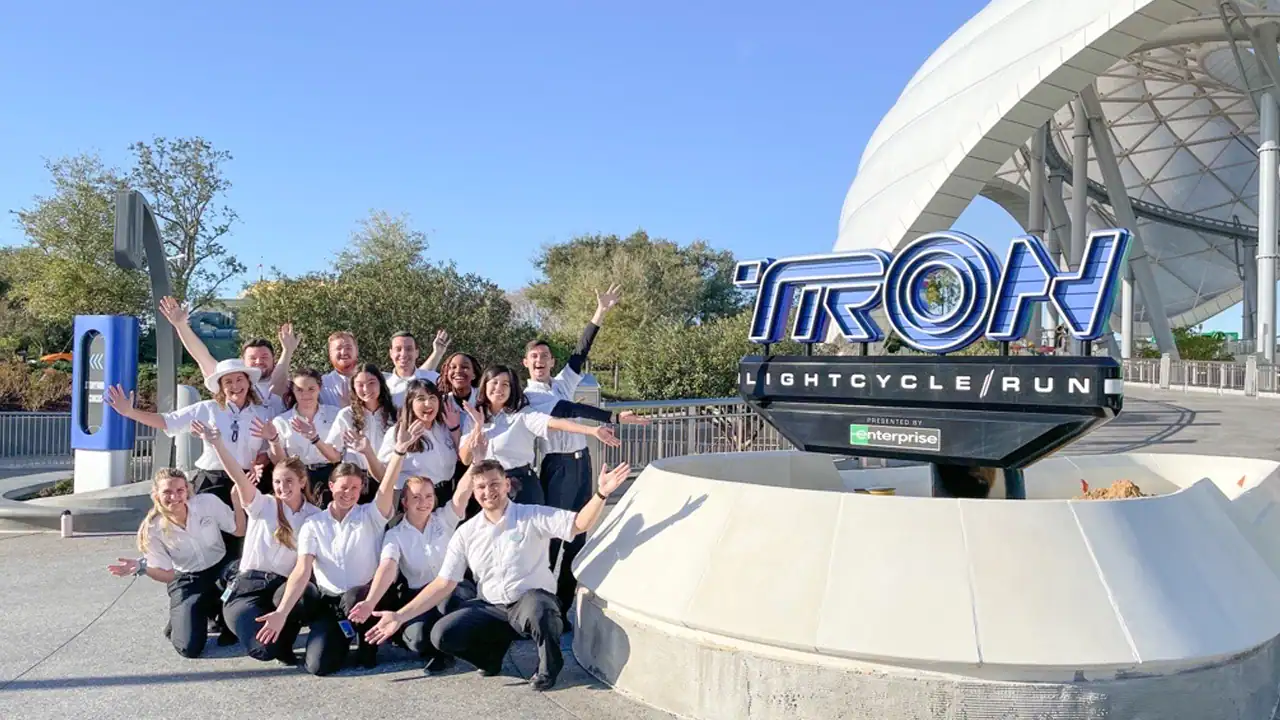
Against that backdrop, let’s turn to the problems for larger guests that are coming out of the TRON Lightcycle Run Cast Member previews at Magic Kingdom. Widespread reports indicated that many guests were being ‘rejected’ from the regular ride vehicles, and sent to a special line for the accessible LightRunner trains, which are essentially standard lap bar style roller coaster seating.
One report stated that anyone “above a size 14 in pants” probably won’t fit on the ride’s Lightcycle-style seating. Others indicated that TRON Lightcycle Run is more restrictive than any other attraction at Walt Disney World, and claimed that if there’s any other ride that gives you weight or height problems, you definitely won’t be able to do the Lightcycle-style seats.
By these accounts, the start of previews was a tronwreck for larger guests. Poor organization and communication, inefficient load protocol for the LightRunner trains, and more. Not to diminish the accounts or negative experiences those people had, but this is precisely the point of previews. To test and adjust, refine the load protocol, and conduct ‘real world’ training with Cast Members working TRON Lightcycle Run so that they can better manage the queues and get guests seated.
We were planning on publishing a post about rules, restrictions, and accessibility closer to TRON Lightcycle Run’s official opening. As noted at the top, this was this was an anticipated issue. I had wanted to get new photos and video of the ride, but have decided to fasttrack it to address some problems and quell some concerns. To be sure, the problems are real, but social media has exaggerated the extent.
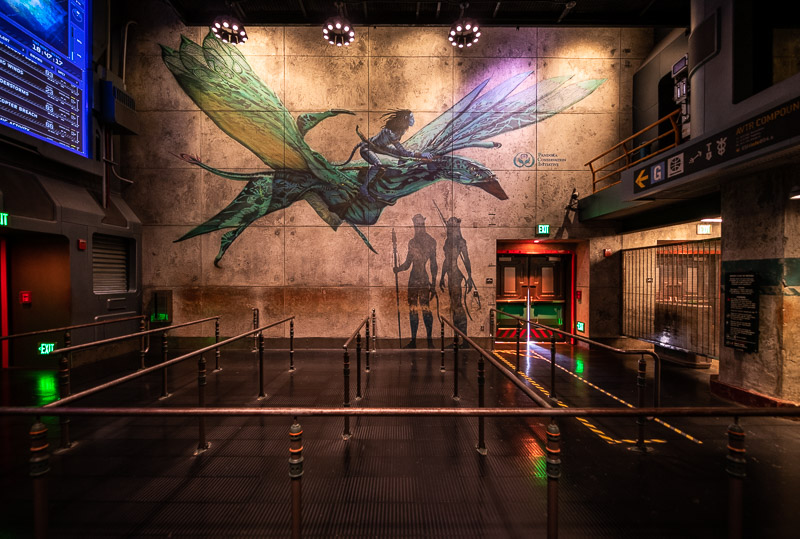
We’re not attempting to minimize what preview guests experienced. However, we are fairly confident that opening day and beyond won’t as bad. This is simply a matter of past precedent. Not just with TRON Lightcycle Run at Shanghai Disneyland, but also with Avatar Flight of Passage at Animal Kingdom. That attraction opened a year after TRON, and rebuffed the notion that Walt Disney World wouldn’t use bike-style seating for an attraction.
More critically, there were also widespread reports of larger guests being unable to ride Avatar Flight of Passage during that attraction’s previews. Walt Disney World fans started worrying on social media, as it seemed like there was about a 50/50 chance of not fitting in the “link chair” that simulates riding on the back of a banshee. I recall reading that some chambers had half of their guests have to walk off in shame due the restraints not locking.
It doesn’t make what those preview guests endured any less sad, but accessibility with Flight of Passage improved exponentially in a matter of weeks. Tweaks were made and Cast Members got better at assisting guests load into the link chairs throughout the course of the previews. To be sure, Avatar Flight of Passage can still have issues, but it is not rejecting 50% of all guests, or a number anywhere close to that.
That seems like an important takeaway. It’s probably premature to make any definitive claims about body types that will or won’t fit on TRON Lightcycle Run’s bike-style seating once the ride officially opens. Previews have just started, and things will be honed over time.
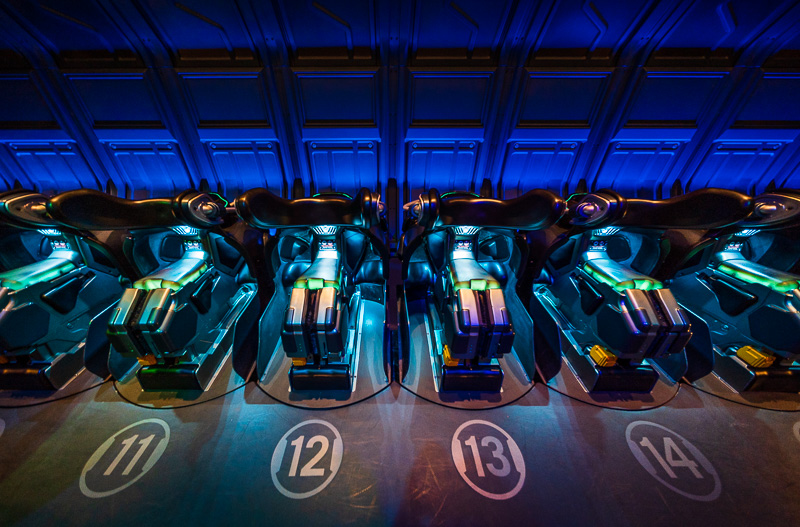
As intimated above, TRON Lightcycle Run uses ride vehicles that are unique for a roller coaster in Walt Disney World, but restraint system is actually quite comparable to Avatar Flight of Passage. Both attractions have restraints that come up and secure the guest’s back and calves.
The restraints and rider positioning is not identical on TRON Lightcyle Run, but it’s very similar. There’s a calf restraint that swings around into place to secure the legs and one that folds up against the back. This system is somewhat dynamic; guests of varying heights and weights will find different ways to position their bodies to allow the restraints to lock.
The rider angle is also not the same between TRON Lightcycle Run and Avatar Flight of Passage. The latter is like a leisurely bicycle ride, whereas the former is like an aerodynamic motorcycle, if that makes sense. If it doesn’t, you’re going to have a lower profile–almost in the prone position.
In general, we found that the TRON Lightcycle Run ride vehicles were cumbersome to enter the first time. There’s a bit of a learning curve, which is odd for a Walt Disney World attraction. They’re also quite comfortable once you’re properly in place; the way your body “hugs” the Lightcycle is a big part of the appeal of the ride. If at all possible, this is the way you want to experience TRON Lightcycle Run–it’s going to fall flat in a regular roller coaster ride vehicle.
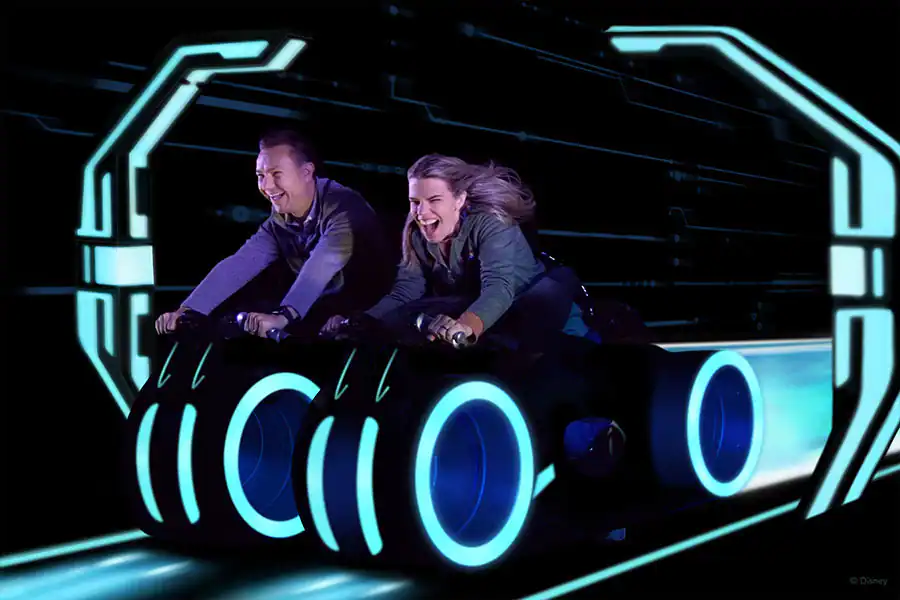
With the comparison to Avatar Flight of Passage, the inevitable question is going to be whether guests who fit on that will also be okay on TRON Lightcycle Run. I think it would be irresponsible to offer a unilateral answer to that, potentially setting people up for disappointment. The bottom line is that the restraint systems are similar but different, and we’ve heard reports over the years about puzzling problems with guests on Avatar Flight of Passage who should have been able to ride based on their height and weight “on paper.”
There’s no magic number to weight or height when it comes to riding TRON Lightcycle Run. Rather, it’s about the distribution of weight across your frame, as well as the size of your calves. It won’t be uncommon for lean, tall, and muscular guests to have issues. (Consider this a good excuse to skip legs day at the gym before your next Walt Disney World trip–don’t want to get too jacked for TRON!) In other words, this is not exclusively an issue for “Pooh-sized” people.
This brings us to another takeaway worth emphasizing: do not simply draw conclusions based on numbers you’re hearing. Some guests who are 200 pounds may have problems, whereas others who are over 300 pounds may not. It’s possible that people who are 5’10” will have issues, whereas someone who is 6’3″ may not.
There’s not a straightforward weight or height “limit.” It’s a combination of the individual’s frame, and how they’re able to quickly adjust and situate themselves in the Lightcycle-style seating. It’s entirely possible that two people with identical body types could have different experiences with riding or not being able to ride.
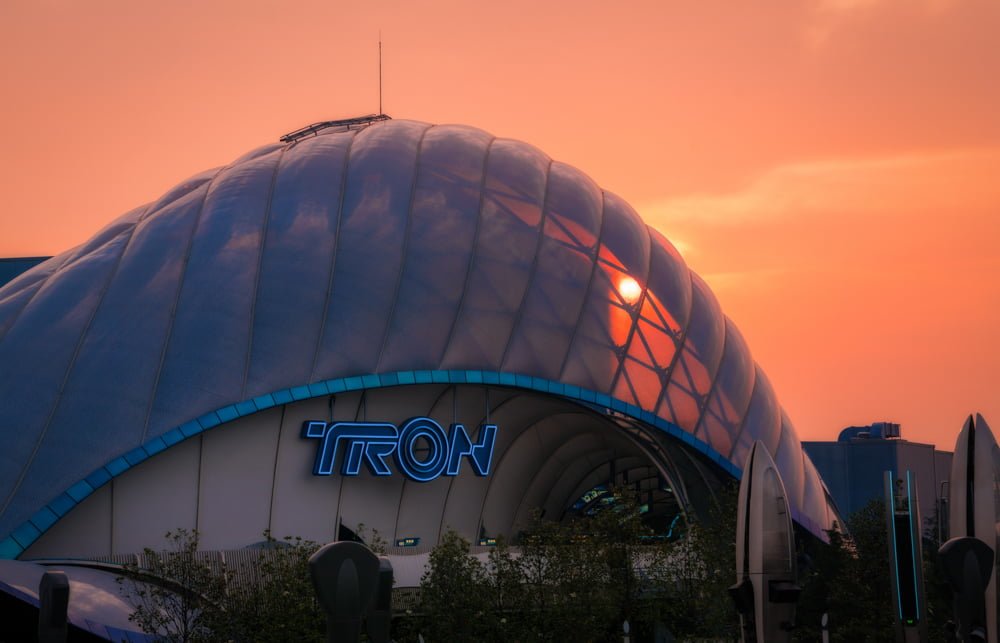
To this point, we would strongly recommend using the test seat outside TRON Lightcycle Run. This isn’t just a good way of seeing if you fit on the bike-style seats, but also good for practicing getting situated. As noted above, there’s a learning curve. Even as someone with a more average and flexible body, it wasn’t simple and straightforward for me the first time I rode an attraction like this.
Trying out that test seat and figuring out which seating ‘pose’ works best for you won’t be conclusive confirmation that you’ll be able to do the Lightcycle-style ride vehicles, but it could help. Another thing that’ll help is being singularly focused on boarding the attraction and getting yourself snug against the bike. Difficult as it might be, don’t prioritize selfies or whatever.
Since TRON Lightcycle Run is a roller coaster that quickly dispatches, there’s not going to be same time or margin for error in getting guests properly situated as there is with Avatar Flight of Passage. Cast Members at the load station will get better about accommodating more guests, but it probably won’t ever be as accessible as Flight of Passage.
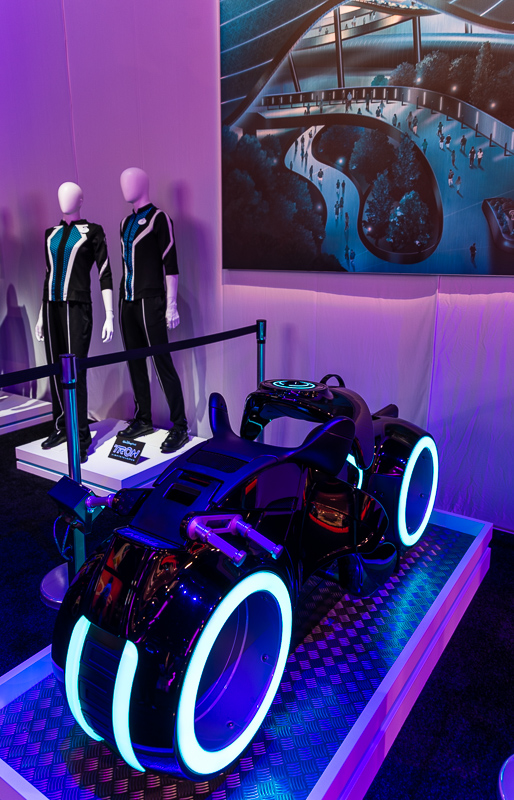
With that said, the big advantage over Avatar Flight of Passage is the aforementioned LightRunner ride vehicle, which is the accessible ride vehicle on TRON Lightycycle Run. Guests who cannot fit in the Lightcycle or who want or need a ride vehicle that doesn’t require crouching down will be able to use this. It’s essentially a standard roller coaster car and has a regular ole lap bar, like you might find on the other Magic Kingdom Mountain Range roller coasters.
The problem with this–and what I find absolutely confounding–is that not every TRON Lightcycle Run roller coaster train has one of these. Given the wider range of American body types coupled with older guests (I cannot imagine my dad, for example, being able to ride TRON Lightcycle Run in the bike seats), I’m shocked that they didn’t equip every single train with some of the standard seats. That’s probably the biggest mistake here. It’s my understanding that Imagineering did make adjustments when localizing TRON Lightcycle Run for an American audience, but that even more standard seating probably should’ve been the big change.
With that said, the efficiency and load process for the standard seats should improve to remove the element of shame that has been reported thus far from the preview guests. Walt Disney World doesn’t have a perfect track record with being accommodative, but they’re stellar by theme park standards. This, too, will improve over time. Hopefully, that also means many more guests being able to fit into the Lightcycle ride vehicles.
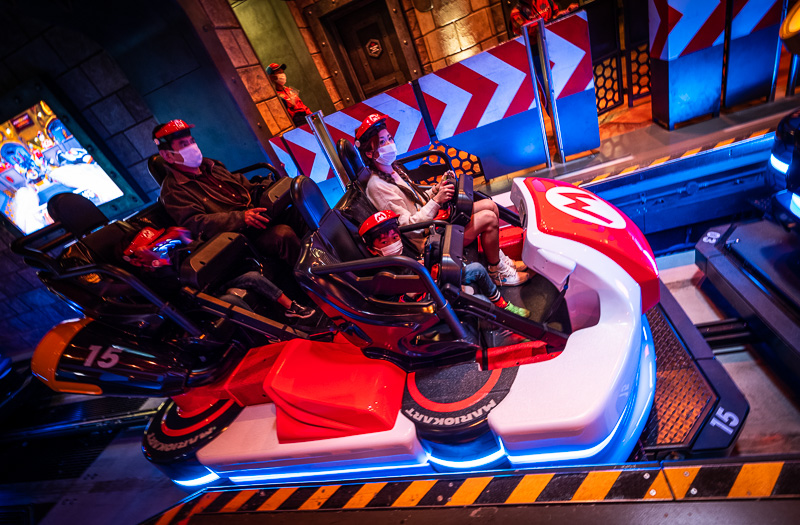
Nevertheless, all of this is frustrating. It seems like the last several years have seen a proliferation in unaccommodating attractions without adequate alternatives. While I don’t think 100% accessibility is realistic, it’s also odd to me that both Disney and Universal are seemingly okay excluding a not-insignificant number of visitors.
To be sure, there are larger conversations about societal health, but none of those are particularly relevant here. If visitors are guests, hospitality should be a goal. Avoiding situations like this that exclude sizable portions of the audience, and have a propensity to do so in an embarrassing way, should be prioritized. Guest demographics are what they are, and that should be front-of-mind when designing rides and choosing clones.
This is a conversation that has been revived of late thanks to Mario Kart at Universal Studios Hollywood. (For whatever it’s worth, I think the Mario Kart controversy is overblown–it’s definitely an issue, but all of the clickbait articles are based on the published limitations, which are overly conservative.) Before this, it was an issue with the Secret Life of Pets: Off the Leash, which we consider one of the best dark rides of all time.
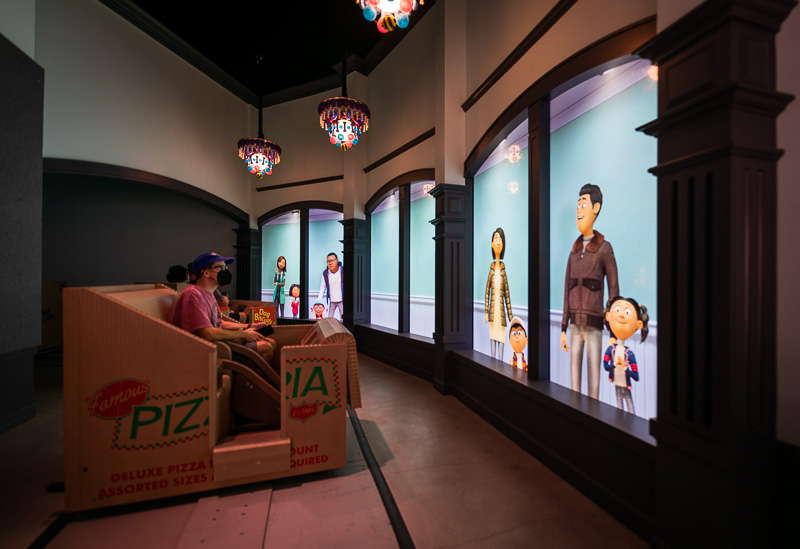
That slow-moving dark ride being exclusionary makes even less sense than a roller coaster that obtains so much of its personality and ride profile from the unique Lightcycle seating. Universal fans have defended the approach as part of the company’s “100% containment” policy, which is intended to prevent anyone from “escaping” the ride vehicle.
While safety is certainly an important goal, there’s gotta be a balance. This strikes me as a solution in search of a problem–it’s not as if people are falling out of Peter Pan’s Flight left and right–and excluding so much of the core demographic is ridiculous. You can’t simply handwave that away by using “safety” as a shield, as if that’s the ultimate trump card that shuts down the conversation. Other similar attractions exist without such restrictions and with safe track records. But I digress.
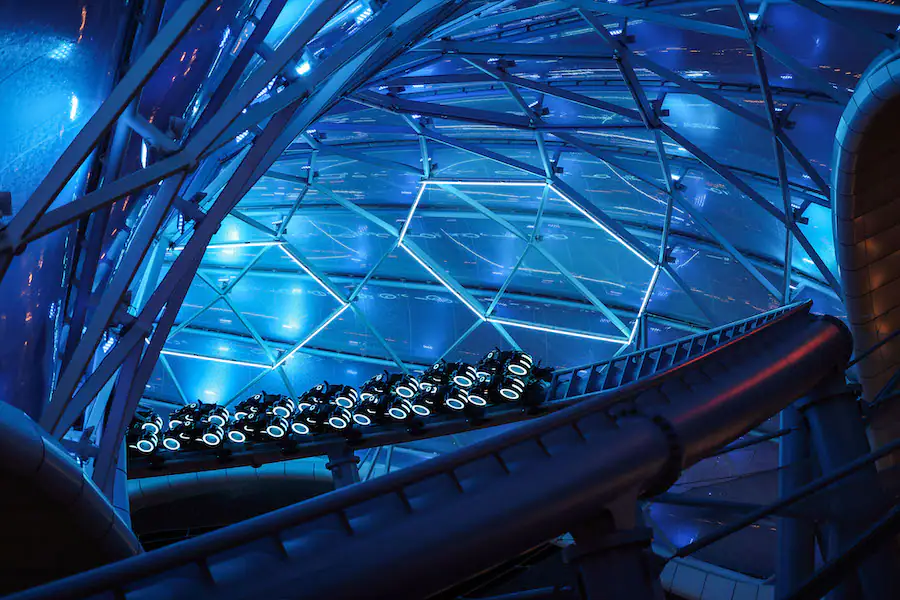
Ultimately, there are going to be issues with guests of larger sizes–due to weight, height, or stunningly swoll calves–not being able to ride TRON Lightcycle Run via the bike-style ride vehicles. That was always going to be a problem, and is the nature of the beast with this roller coaster’s seating arrangement. Unlike some of the hyperbole on social media, this is not Disney attempting to “fat shame” guests.
Rather, at least some of this was and is unavoidable with TRON Lightcycle Run. So much of the attraction’s unique personality and sense of exhilaration are a direct result of the Lightcycles and the way they position guests. Remove those, and this roller coaster is very ordinary–just a shorter and less intense version of Rock ‘n’ Roller Coaster that took several more years to build.
Moreover, the problems probably will not be as bad by opening day as what’s being reported out of the previews. It’s still very early, modifications have been made, and more will occur–and Cast Members working load/unload will be able to better finesse the process. You can also improve your own odds of success by practicing with the TRON Lightcycle Run test car. Silly as that might sound, it really could help!
Planning a Walt Disney World trip? Learn about hotels on our Walt Disney World Hotels Reviews page. For where to eat, read our Walt Disney World Restaurant Reviews. To save money on tickets or determine which type to buy, read our Tips for Saving Money on Walt Disney World Tickets post. Our What to Pack for Disney Trips post takes a unique look at clever items to take. For what to do and when to do it, our Walt Disney World Ride Guides will help. For comprehensive advice, the best place to start is our Walt Disney World Trip Planning Guide for everything you need to know!
YOUR THOUGHTS
Have you had the chance to ride TRON Lightcycle Run? If so and you had issues with your body type, care to share your experience, tips & tricks, or anything else? What do you think of TRON Lightcycle Run? Are you excited for this new Magic Kingdom roller coaster, or does it not interest you? Any questions? Hearing your feedback about your experiences is both interesting to us and helpful to other readers, so please share your thoughts or questions below in the comments! Keep the comments civil, as this is not the place for arguing about health, antagonism, personal attacks, or cheap shots. We will be heavy-handed in deleting any comments that cross the line, irrespective of viewpoint.




